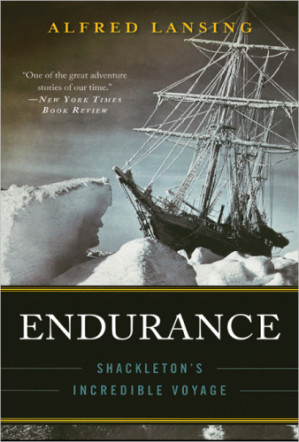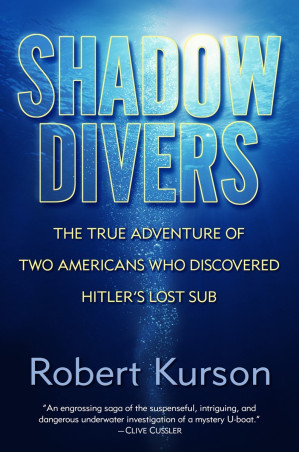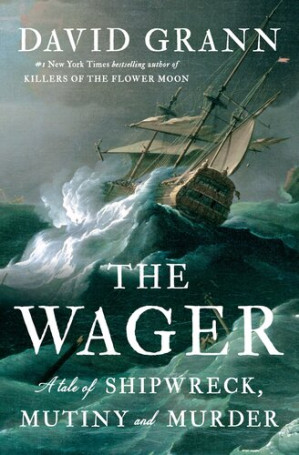If you can't enforce turnaround times, you don't have a plan.
Hall and Fischer let clients summit well past the 2 p.m. deadline, trapping them in the storm.

Book summary
by Jon Krakauer
A journalist-mountaineer dissects ambition, altitude, and accountability on the world's highest peak
Eyewitness account of Everest's deadly 1996 climbing season
Topics
Track the climb in three parts: approach and acclimatization, summit push, and aftermath. In Readever, tag altitude milestones and turnaround deadlines while letting AI annotations surface where bias crept in. After each section, journal how you handle sunk-cost fallacy and social pressure in your own endeavors.
Things to know before reading
Commissioned by Outside magazine, Jon Krakauer joins a guided expedition led by Rob Hall, summiting Everest on May 10, 1996, just before a freak storm kills eight climbers. Through minute-by-minute reportage, he unpacks how hypoxia, fixed-rope bottlenecks, unclear turnaround times, and commercial pressure turned the mountain into a moral maze. The narrative doubles as an autopsy of the commercialization of extreme adventure.
Everest reveals how goal fixation erodes judgment.
Hall and Fischer let clients summit well past the 2 p.m. deadline, trapping them in the storm.
Radio static and missing oxygen caches compound chaos above the Hillary Step.
Clients who paid $65k expect summit photos, not aborted climbs.
Ready to continue? Launch the Readever reader and keep turning pages without paying a cent.

Alfred Lansing
Another survival epic that emphasizes leadership under duress.

Robert Kurson
Investigates obsession and calculated risk hundreds of feet underwater.

David Grann
Another nautical disaster that probes truth, loyalty, and command decisions.
Use Readever to isolate each failure mode—late departures, client entitlement, radio silence—and translate them into product launches, emergency response, or any project where risk tolerance blurs. You'll finish with a checklist for enforcing red lines even when success seems within reach.
Key idea 1
Hall and Fischer let clients summit well past the 2 p.m. deadline, trapping them in the storm.
Krakauer shows how social pressure and sunk costs pushed guides to ignore their own safety rules. The lesson: deadlines are only real when leaders honor them publicly and build automatic triggers for retreat.
Key idea 2
Radio static and missing oxygen caches compound chaos above the Hillary Step.
Disorganized comms led to duplicated searches and wasted energy. Modern teams can mimic Krakauer's postmortem by defining redundant channels, status cadences, and fail-safes before launching risky missions.
Key idea 3
Clients who paid $65k expect summit photos, not aborted climbs.
Guiding companies stretched rope fixing, Sherpa workloads, and weather windows to satisfy demand. Read this as a cautionary tale about scaling services faster than safety culture—not just on mountains but in any high-stakes industry.
Into Thin Air is Krakauer's personal account of the deadliest season on Mount Everest up to 1996. Commissioned by Outside magazine to write about the commercialization of high-altitude guiding, he summited with Rob Hall's Adventure Consultants team just hours before a storm killed eight climbers. The book alternates between minute-by-minute action on summit day and investigative chapters unpacking oxygen logistics, fixed-rope politics, and cognitive decline at altitude.
Beyond the disaster narrative, Krakauer interrogates how money, ego, and media coverage reshaped mountaineering ethics.
Open Readever's reader to highlight passages, ask the AI companion questions, and keep exploring without paying a cent.
The book received near-universal acclaim for its honesty and pacing, but it also sparked debate—guides Anatoli Boukreev and Beck Weathers challenged some interpretations, prompting Krakauer to add clarifying passages in later editions. Critics from The New York Times and Outside called it "mesmerizing" and "the best book ever written about the dark heart of Everest." It won the 1997 Banff Mountain Book Award and was a Pulitzer finalist.
Critical reception: Stayed on the New York Times bestseller list for over a year, translated into more than 25 languages, and credited with slowing the growth of amateur-guided expeditions (at least temporarily).
Outdoor athletes and expedition planners examining risk tolerance
Product and ops leaders interested in scaling without safety drift
Fans of investigative journalism who value self-scrutiny
Readers of *Endurance* or *Shadow Divers* craving high-stakes nonfiction
Jon Krakauer is an American journalist and mountaineer whose work often explores the intersection of adventure, belief, and obsession. He climbed in Alaska, Patagonia, and the Himalaya before turning to full-time writing. His previous books include Into the Wild and Under the Banner of Heaven. Krakauer's reporting has appeared in Outside, Smithsonian, and The New Yorker.
Build your personalized reading stack
Replay summit-day events via synced timeline highlights.
Export a risk-mitigation checklist drawn from expedition failures.
Compare *Into Thin Air* with *Shadow Divers* or *Endurance* inside thematic shelves.
Share key passages with your climbing or crisis-response teams in one tap.
Sign in to Readever to keep reading with AI guidance, instant summaries, and synced notes.
Into Thin Air reinforces that goals reached at the expense of process are hollow victories. It is both a gripping climb-and-crash narrative and a cautionary tale about ignoring red lines once sunk costs and social pressure take hold. Apply it whenever your team needs permission to turn back—even when the summit is in sight.
Start reading Into Thin Air for free and unlock personalized book journeys with Readever.